How to make a wild garden without it being a wilderness
Top trends in garden design in 2023
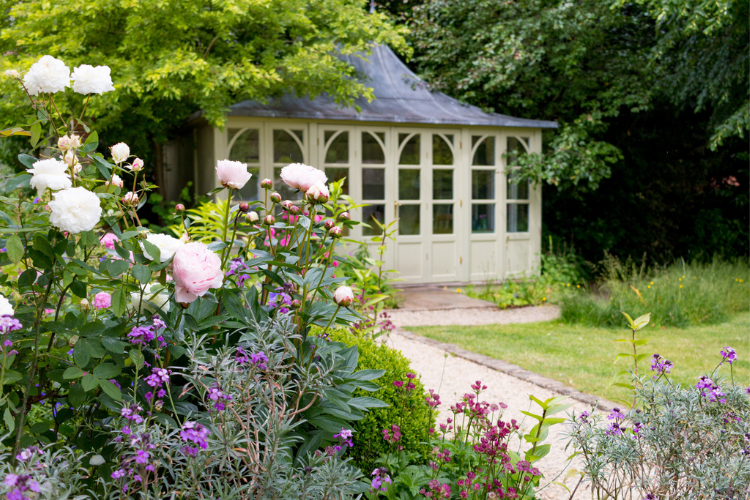
Many people were surprised by the rather ‘wild’ look of many of the RHS Chelsea gardens this year and asked, “is this what we have to look forward to?” Top garden designer and RHS Chelsea gold medal winner Ruth Marshall, Director of CGLA, says “Probably not, although planting schemes are becoming a little more relaxed and varied, full-on naturalistic planting schemes are not typically what we are asked for.”
Coming out of lockdown when it seemed everyone wanted a garden office and a covered space to entertain in, and you could not get a shed inside 6 months for love nor money, the industry has now settled down somewhat, and some longer-term trends are appearing.
Ruth says, “Whilst many of our clients commented on how gorgeous the Chelsea gardens were this year, almost all said they would not want their planting to look like that as they feared a maintenance horror and thought the effect somewhat messy.”
According to Ruth, “The sustainability message can seem a bit unachievable to many, or can seem to conflict with their aesthetic aspirations, although with clever design we can make great strides. “Sustainability, Manageability and Usability” are the main themes, and integrating these is the key to a good modern garden.
Sustainability
Creating sustainable gardens has obviously been a topic of huge interest for years now, but amongst many competing priorities, it has not impacted on the wish lists of most domestic clients until recently. Most saw it as making more expensive choices on materials rather than fundamentally changing the design. The extreme weather conditions of the last few years and the drastic loss of pollinators have shifted views significantly, and many people have seen the direct impact of this in their gardens, suffering excessive planting losses, and alternating drought and water damage.
Encouraging biodiversity, conserving water, managing run-off, and reducing waste are all having an impact on design even for the smallest plots. Water in particular is something we have all become more aware of, planting drought tolerant species, and adding more mulch and groundcover. Where possible, Irrigation uses rainwater capture and grey water recycling.

Reducing use of chemicals and energy- particularly for pools, is definitely a hot new trend. Recent improvements in bio filters and swimming ponds mean you can ditch the chlorine (your skin will thank you!) and have a crystal-clear pool (with planting areas too if you wish). Heating with an air source heat pump makes the energy requirements more sustainable, and energy efficient LED lighting is very much the norm.
Manageability
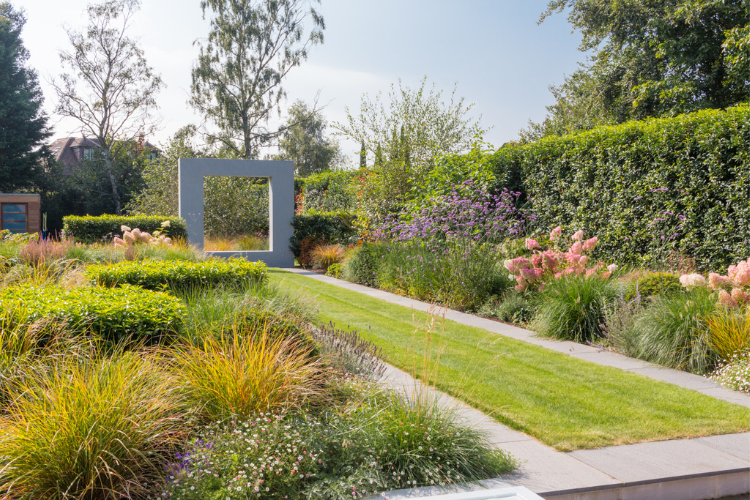
Being out in the garden more means low maintenance gardening has never been more important. An increased awareness of the need to attract pollinators has resulted in more of us being prepared to have a bit more of the garden a little wild. Ruth says that this does not mean it needs to look like an area of wasteland-or be a maintenance horror, far from it. Her advice is that choosing species carefully to suit the location is rule number one, although you should be guided by your own experience of the garden- the plants have not read the books and can be very contrary at times! If certain plants tend to thrive in certain locations in your garden, then let them thrive, and do not be afraid to chop them back if they get out of hand. An important device used by most garden designers is to create plenty of structure with clipped shapes, hedging and topiary. Creating regular clipped shapes within and around the more natural planting makes the overall effect much neater and more pleasing to most people’s eyes than a full ‘wild’ style.
Creating dappled shade with ‘roof form’ trees is a wonderful way to kill two birds with one stone, giving structure and form to the space whilst also adding a practical function.
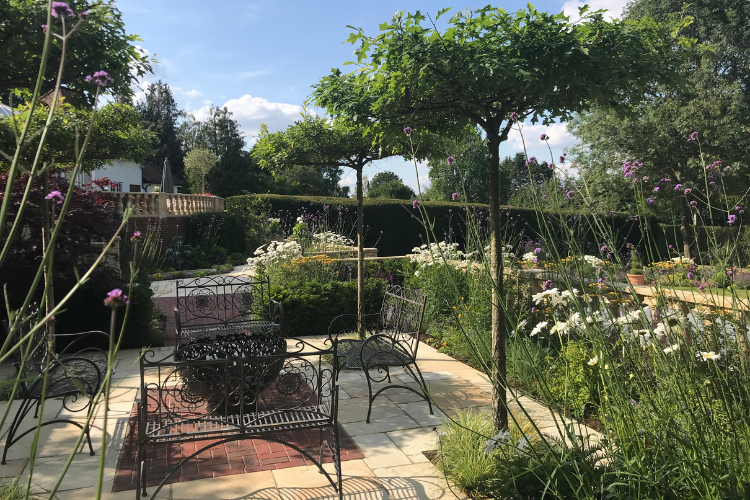
Usability
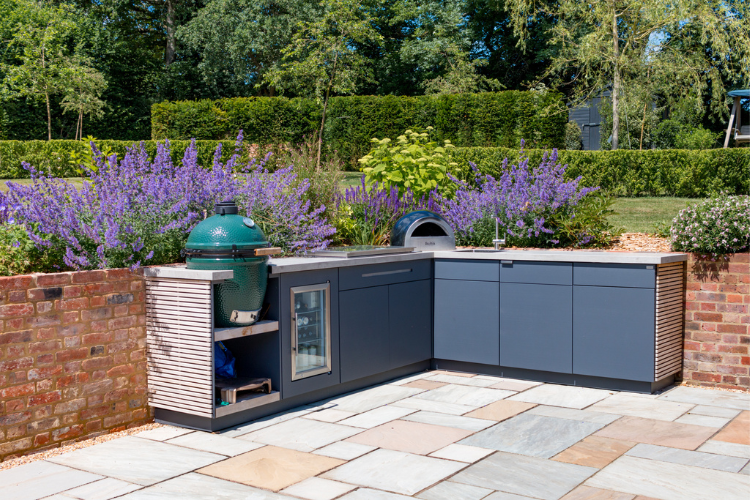
Making great use of the space all year round came to the fore during lock down, with more people wanting comfortable outdoor entertaining space, perhaps with outdoor fireplaces or firepits, and adding covered space to beat the weather. Outdoor kitchens and garden offices have also seen a huge increase and there has been a massive increase in ‘off the shelf’ options for these. Strong demand has continued in 2023, with perhaps a more thoughtful approach- “how do I make my garden room look gorgeous” and “how do I landscape in a multi-purpose covered seating area” being common design briefs.
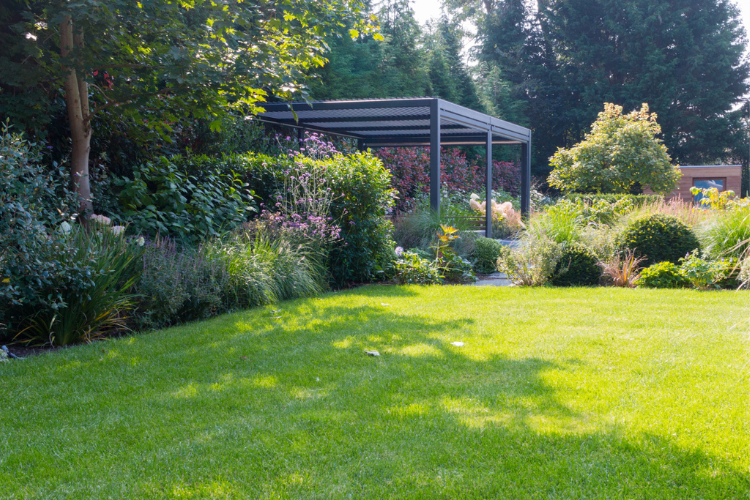
Clients have always wanted exceptional and practical gardens and moving ahead we do expect to see a little more of the ‘wild look’ but in a structured setting consistent with a managed space. Sustainability is critical for all of us, and it does seem that it is being taken more seriously and designers and suppliers are coming up with better ways to make that more accessible for homeowners.